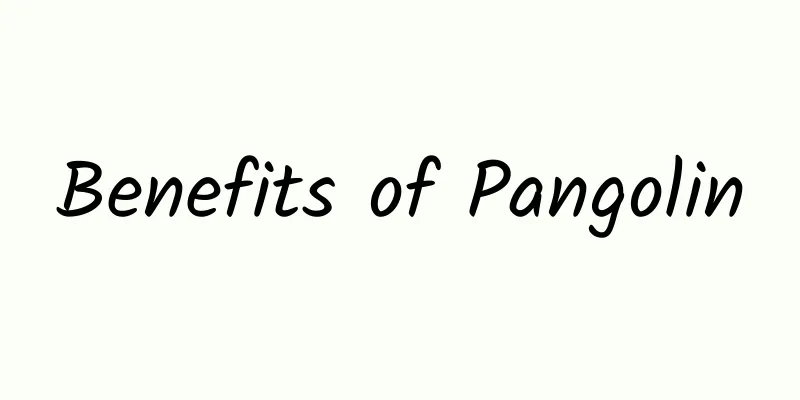The efficacy and function of mushroom

|
I don’t know if you have seen Junchen in your life. Junchen is a Chinese medicine with particularly good medicinal properties. This Chinese medicine can not only be used to treat colds, but also can protect the liver and stomach functions of the human body. This Chinese medicine has a particularly tenacious vitality. In winter, its roots are hidden in the soil, and it will mature again in the spring of next year. So what are the effects and functions of Junchen? Artemisia capillaris, also known as oregano, Tiannaili, Yinchen, Maxian, Mian Artemisia capillaris, velvet wormwood, white wormwood, fine-leaved Artemisia annua, and Anlucao, is a plant of the Asteraceae family and the genus Origanum. It does not die in winter, but grows again in spring from its roots, hence the name Yinchen or Artemisia capillaris. In summer, its seedlings turn into wormwood, so it is also called Artemisia capillaris. The Chinese people still have the habit of making Artemisia capillaris cakes and balls with rice flour. When using Artemisia capillaris as a vegetable, you should pick the young shoots; the old ones are used as Artemisia capillaris for medicinal purposes. Hence, there is a saying that “Artemisia capillaris in February and Artemisia argyi in May”. There are two harvesting periods for Artemisia capillaris. The one harvested in spring is commonly known as "Mian Artemisia capillaris"; the one harvested in autumn is commonly known as "Artemisia capillaris". It is produced in Shandong, Sichuan, Jiangsu, Zhejiang, Anhui, Jiangxi, Fujian, Taiwan, Hubei, Hunan, Guangdong, Guizhou, Henan, Yunnan, Shaanxi, Gansu, Xinjiang and Tibet, and is distributed throughout the country. It is mainly produced in Shandong, Shaanxi, Shanxi and other provinces. The product is commonly known as Artemisia capillaris. It grows on roadsides, hillsides, under forests and in grasslands, at an altitude of 500-3600 meters. It grows on river banks in low-altitude areas, moist sandy land near the coast, roadsides and low hillsides. In Guangdong area, it mainly grows in fields. The whole plant can be used as medicine to prevent influenza, treat heatstroke, colds, headaches and heaviness, abdominal pain, vomiting, chest fullness, qi obstruction and food stagnation, abdominal distension due to food accumulation in children, diarrhea, menorrhagia, metrorrhagia, leucorrhea, skin itching and edema. Its heat dissipation and release function is better than that of mint. Nature and flavor: bitter, pungent, slightly cold. It enters the spleen, stomach, liver and gallbladder meridians. It is used for jaundice caused by damp-heat fumigation. It can be used alone and taken orally in large doses as a decoction; it can also be used together with rhubarb, gardenia, etc. If urination is obviously difficult, it can be used in combination with Alisma orientalis, Poria cocos, etc. This product is very effective in relieving jaundice, so in addition to being used for jaundice caused by damp-heat, it can also be used for yin jaundice caused by cold and dampness or yang deficiency. However, it must be used together with warming and cold-relieving herbs such as aconite, dried ginger, etc., in order to eliminate the yin cold and relieve jaundice. Artemisia capillaris and Bupleurum chinense both have antipyretic effects. According to Chinese medicine experience, both medicines enter the liver and gallbladder and can remove the excess fire in the liver and gallbladder. However, the medicinal properties of Artemisia capillaris are slightly milder than those of Bupleurum chinense. Therefore, for those who usually have yin deficiency and newly have real heat, Bupleurum chinense should be used to clear away heat. However, for those who cannot tolerate the harsh and dry nature of Bupleurum chinense, Artemisia capillaris can be used instead of Bupleurum chinense. Therapeutic soup: Use Artemisia capillaris and fried crucian carp, boil over high heat for one hour and drink it. It can effectively soothe the liver and clear liver heat. It is a therapeutic soup commonly used by Guangdong people. |
<<: The efficacy and function of Bakantian
>>: The efficacy and function of seabuckthorn leaves
Recommend
Why are there so many “vortices” in the weather forecast?
In weather forecasts, we often hear the word &quo...
The best eye protection product for children is free?
I don't know if you noticed. Are there more a...
Some people are using the name of "epidemic investigation" to defraud! How to identify the scam, one picture to understand
Suddenly received a call from the epidemic invest...
The efficacy and function of bitter vine
Bitterroot is a common Chinese medicine with many...
What! Tangshan, a city that mines coal and makes steel, is actually the best in the country in terms of pufferfish farming?!
Pufferfish is a fantastic ingredient that has a p...
The biggest full moon of the year appeared in the night sky last night! Where did this "fat" moon come from?
Review expert: Jing Hairong, researcher at Beijin...
The efficacy and function of Sanxueqin
Diseases require improvement through medicine. Di...
Do you always want to check your partner's phone? It may be your hormones
Review expert: Chen Mingxin, national second-leve...
Discovered the magical solar system, not only has four gas giants, but also two asteroid belts
The planetary system around the star HR8799 is st...
The 17-year cicada is here! A trillion-dollar "zirwa" swept across the United States. If you miss it, you'll have to wait another 200 years!
Before reading the article, a reminder The pictur...
Toothache is really a disease! Not only does it hurt, it can also cause these physical diseases——
Review expert: Wang Xuejiang, professor at Capita...
The efficacy and function of grasshopper
Grasshopper is a familiar medicinal material with...
The efficacy and function of golden scissors grass
Do you know golden scissors grass? It is a common...
What are the traditional Chinese medicines for removing dampness?
In our lives, there are many kinds of traditional...









